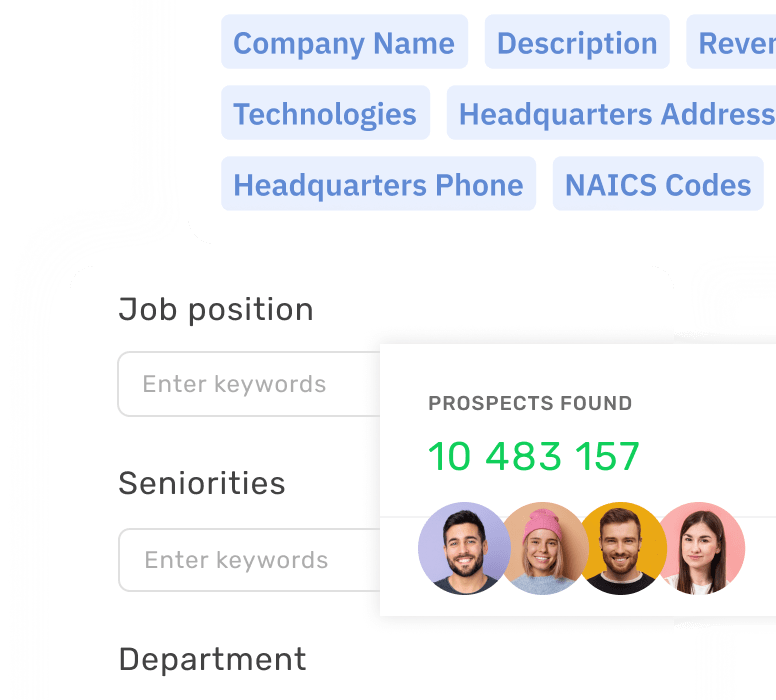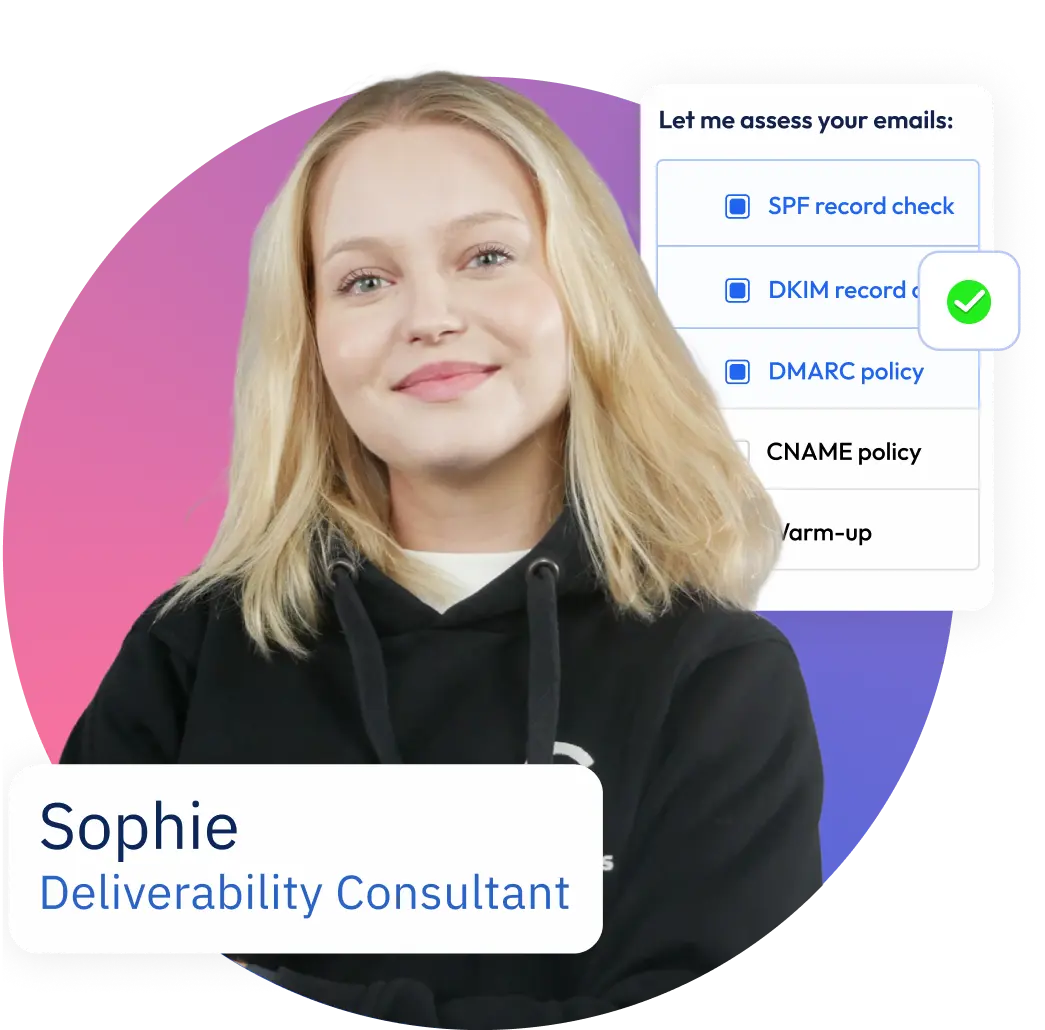As salespeople, we all need to eat, breath, and prospect. These are the essential functions of our daily lives (at least at work) but we already do the first two almost automatically. What is not automated is sales prospecting (you can find out more about prospecting & how to automate prospecting here), which leaves us with less time for selling to our customers.
Let me run you through a sales team leader’s average day. Your team sits with you on LinkedIn, laboriously searching through data and copying it to spreadsheets. Sales prospecting this way eats into everybody’s motivation no matter how well paid they are, leading to poor results.
At this point, your supervisor comes over and tells you that your department needs to be scheduling more meetings. No matter how hard you motivate your team, the only way to scale up the work is to hire more people.
The average salesperson spends less than 15 percent of their time engaging with customers. Imagine what they could achieve if they were able to double or triple that part of their schedule.
Does any of this sound familiar? Your team is full of intelligent highly paid people who are squandering their time and talents on manual busywork. Which begs the question: Why should I reduce the time my sales team spends on the essential function of sales prospecting and how can I do it?
Tired of reading? Watch the video instead


Why shouldn’t sales reps spend time prospecting?
The goal of your automated email campaign is to break the ice and spark the potential buyer’s interest, leading them to reply. Prospecting for it can be easily automated and shouldn’t be put on the shoulders of your sales reps.
You hired your sales reps because they have the intelligence and creativity necessary for selling to your customers. You pay them competitive salaries and you expect them to produce strong results that contribute to your revenue pipeline.
It is pretty clear they should be communicating directly with leads to persuade people of your unique value proposition.
The sales rep needs to answer all of the lead’s questions and address all of their objections to the best of their ability.
This part of the process has the biggest impact on your sales and is what your sales reps should be spending most of their time on; it’s the part where the human is irreplaceable.
How can we take prospecting off our reps’ shoulders?
I get it. Prospecting is supposed to be the coal that fires outbound sales. By targeting the right prospects, your message will resonate, you will get warm leads, and they will result in a steady revenue pipeline. So what would allow you to reduce the time your sales reps spend on such a vital function of the outbound sales process?
Automation tools of course. Prospecting is still a vital function but where a lot of work used to be done manually you can now automate prospecting for the most part. Instead of hunting for every scrap of data on a prospect, you can now just enter the criteria you want and a list of targeted prospects with verified contact information can be generated for you with just a click.
These can then be automatically added to a personalized outbound campaign that will run without you needing to do anything more.
Of course, when it comes to automated sales prospecting not all tools are created equal. Here are a couple things to consider.
leave no lead unexplored
Every potential client within reach
- 180m+ contacts
- CRM integrations
- 23 Prospect filters
- 15 Company filters
Get the best sales prospecting data
No matter which prospecting tools you use, it is important that the sales prospecting data that you use is high quality. And don’t just take it from us. List and data sourcing became the top challenge for sales reps in 2016. The thing is that bad data can slow you down for a few reasons:
- Using out of date email addresses means that your messages won’t get to the person you want to target.
- Bad or out of date email addresses will cause your messages to bounce
- You will have to send out twice as many messages as you would with good data
- Too many bounces and your email domain will be blacklisted by spam filters, preventing you from reaching any of your prospects.
When choosing data sources for your automated sales prospecting campaigns, use solid data providers like Growbots, DiscoverOrg, or ZoomInfo. Whichever one you choose depends on your needs and your budget but try to shoot for data which is at least 90% good. To learn more, you can check out our article about what makes a good data-provider.
Automate your email outreach to make your sales reps more effective
The right email automation tool can triple the output of your sales reps. To make the most of your sales prospecting automation efforts you need to find an email automation tool that will let you send hundreds of personalized messages. Apart from that, it is essential that you are able to automate the followups you send as well. Think about it, how much time could you save if your entire campaign was executed with a single click? That’s the beauty of sales prospecting automation.
 Better tools will even provide you with reports so that you can improve the impact of your messaging. This leads to the question of what kind of solutions you should seek for. There are free options like Streak, which are great to start with but provide no automated followups.
Better tools will even provide you with reports so that you can improve the impact of your messaging. This leads to the question of what kind of solutions you should seek for. There are free options like Streak, which are great to start with but provide no automated followups.
Yesware is an industry leader if you are purely looking for an email automation tool and nothing else. With Growbots, you can perform all the email automation functions and as well you have an access to a high-quality lead database.
Integrate your sales prospecting tool stack
As you add more tools, you create more busy work moving data between them (find out how to get your tool stack in line here). To streamline the sales lead generation process it is essential to find tools that integrate with as many other tools as possible. In fact, industry leaders are two times more likely to integrate their automated sales lead management tool stack with their CRM than industry laggards.
This means that to optimize your sales team’s time, it is important to find either an all in one solution or one which seamlessly integrates with the rest of your tools stack.
Growbots is a good example of a tool that integrates well. On one hand, it combines a sales prospecting tool with an emailing tool. It takes a few clicks to go from nothing to a complete list of leads being sent out in personalized campaigns.
On the other hand, it integrates natively with your CRM so that your campaign and touch points are logged automatically. The result is that you can see full reporting in one place which will allow you to iterate your campaigns.
leave no lead unexplored
Every potential client within reach
-
180m+ contacts
-
CRM integrations
-
23 Prospect filters
-
15 Company filters
leave no lead unexplored
Every potential client within reach
- 180m+ contacts
- CRM integrations
- 23 Prospect filters
- 15 Company filters
What automation can do for you
Want to know how much automated prospecting can boost the results of a single person? In our own experience: Mike, one of our sales reps at Growbots, used to be able to set up about 20 sales qualified leads per month using Yesware and external data sources. Once we started using Growbots and switched our CRM to Salesforce, we finally had everything in one place. He was then able to boost his results to 60-70 SQLs per month.
Find out how you can scale your outbound volume using automation here.
In other words, he increased his results more than 3 times thanks to automated prospecting! Imagine what those results would mean when multiplied across a team of 8 people; we would have to hire 16 more people to achieve the same results with our previous sales stack.
If you want to see what effect changing your warm lead rate will have on your sales pipeline, check out our outbound revenue calculator.
We’ve finally made a switch and instead of spending time on prospecting and juggling different tools, we spend 80% of our day purely on conversations with our potential customers. There is no reason why you can’t enjoy the same success.























